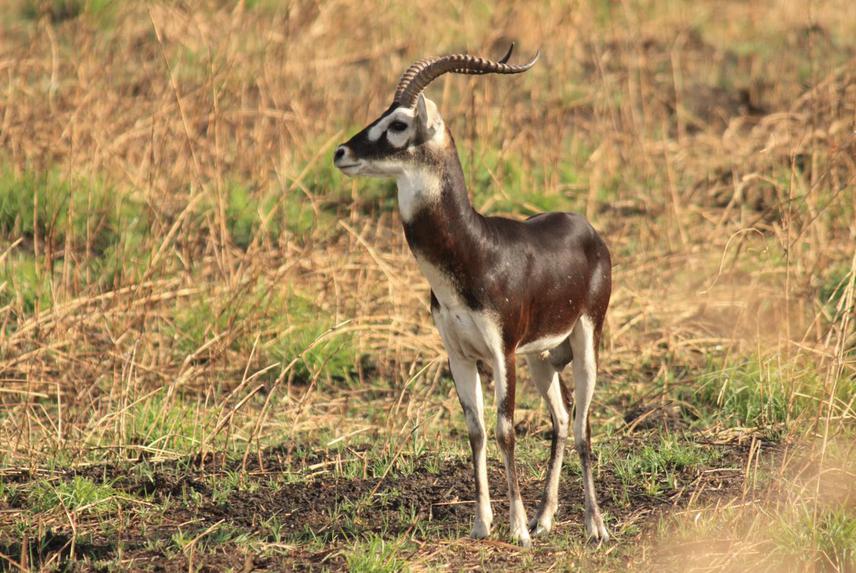Cherie Enawgaw Beyene
The aim is to determine the migration corridors and the critical habitat for the conservation of white eared kob in Gambella-Boma landscape.

White eared kob (male).
Gambella landscape covers diverse assemblage of wildlife and unique habitats. It supports diversified mammal species and nearly a million of White-eared kobs are known to migrate between Ethiopia and South Sudan. While the White-eared kob are listed as a ‘least concern’ species (IUCN 2008), they are highly susceptible to hunting, loss of habitat, reduction of habitat quality, disruption of the natural flooding regime and cut of migratory corridors. We do not yet know how far this affects the white eared kob and other migratory species of the region. The future survival of white eared kob and other migratory species relies on keeping the natural corridors open for the species annual migration.
The project will determine the corridors that need to be protected from adverse human development both from direct observation of the collared animals and least cost path analysis derived from habitat suitability models.
Second, this project will demarcate the critical habitat of the species (habitat that provide food and other resources for year round periods and breeding sites) beyond the migration event.
Third, as part of habitat suability mapping for the species, this research will provide a detailed land cover map of the landscape and point out the most important developments that potentially affect the long-term conservation effort of the species. Because the immediate benefit of the human development is tempting, resolving the resource use conflict in a short period may not be that easy. However, demarcation of critical habitats of wildlife species and pointing out human development that poses a great risk of damaging the existing wildlife is an essential ground for land use negotiation between Conservation organization and stakeholders.
Fourth, this Great migration has not yet received attention from intentional and national conservation organization and the general public. Due to a continuous war for decades in the region little is known on the migration and the general wildlife species in the region. Publication from this research, both scientific and in local newspapers will play an important role in advocating conservation in the region that benefits white eared kob, and other wildlife in the landscape.